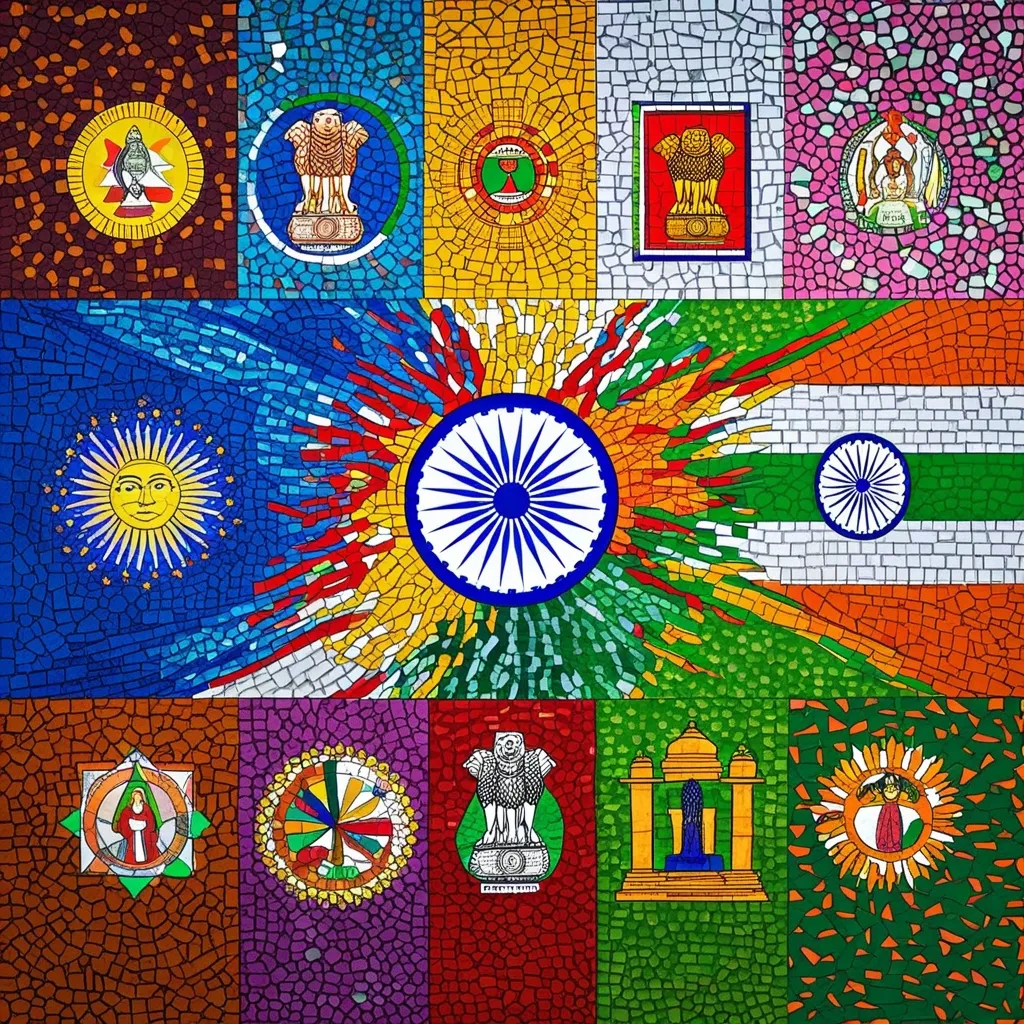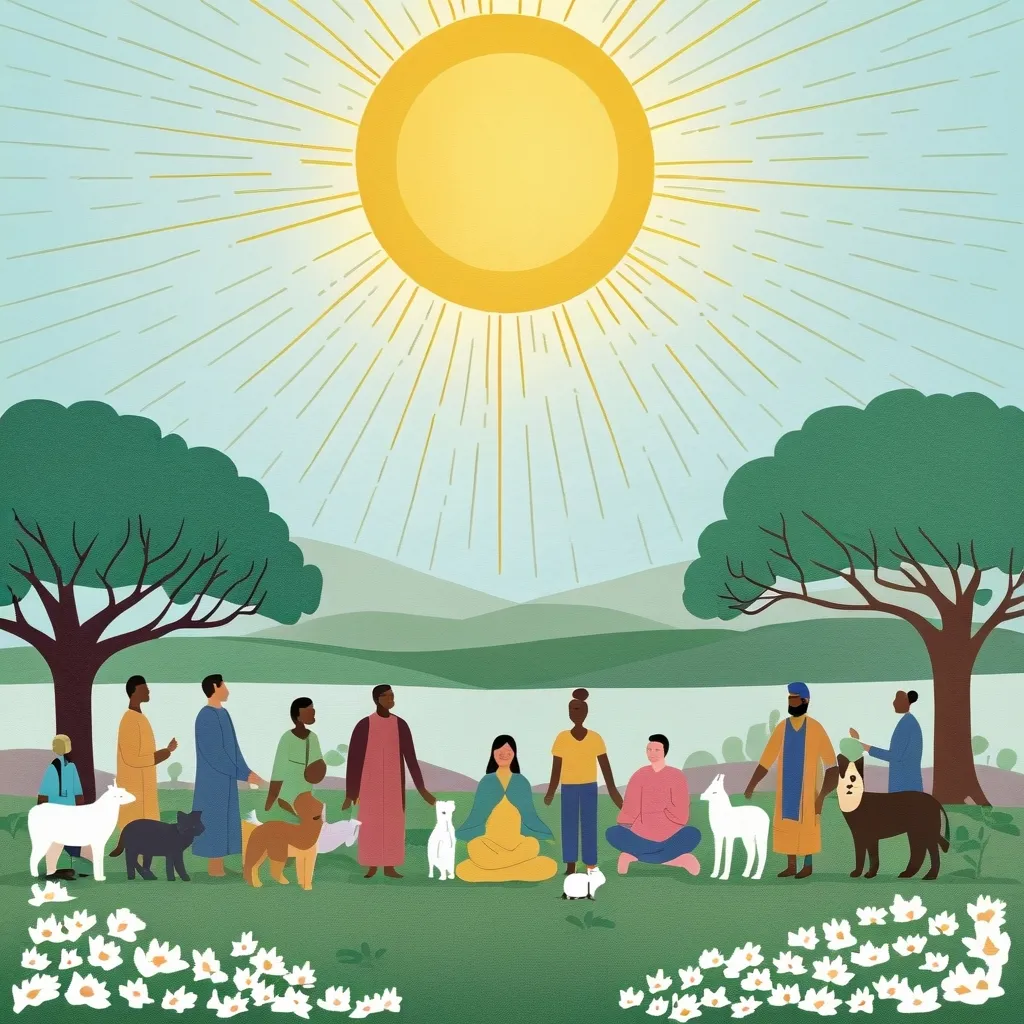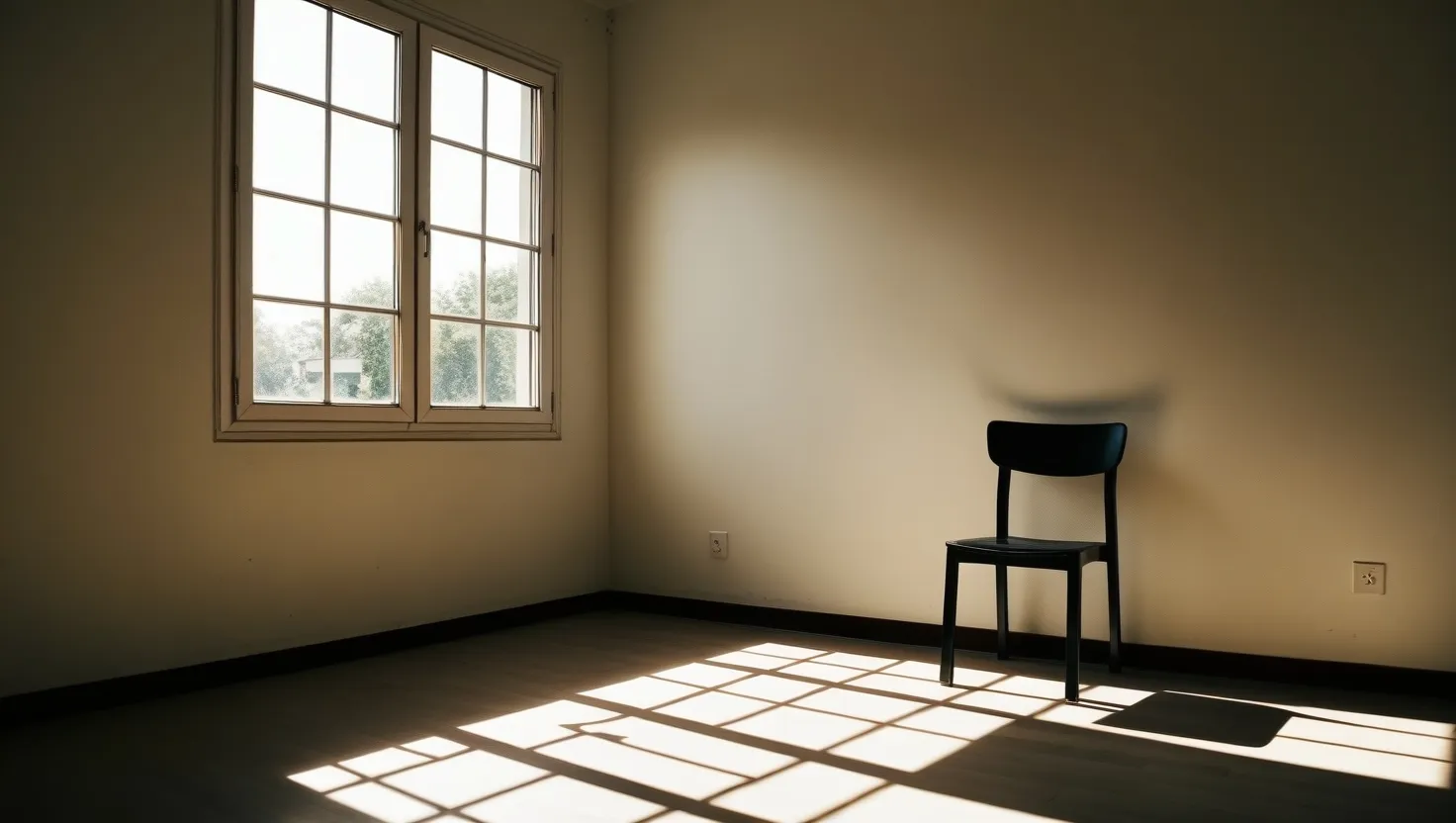India’s Religious Landscape in 2024: A Shift Towards Hinduism
In 2024, India is witnessing a remarkable transformation in its religious landscape. Thousands of people, particularly from minority religious groups, are embracing Hinduism. This trend isn’t just a simple change in faith; it’s deeply rooted in the complex social, political, and cultural dynamics of the country.
The rise of Hindu nationalism has been a major driving force behind this shift. Over the past decade, this ideology, which emphasizes the cultural and religious supremacy of Hindus in India, has gained significant momentum. The Bharatiya Janata Party (BJP), led by Prime Minister Narendra Modi, has been at the forefront of this movement. They present Hindu nationalism as a way to protect and restore Hindu culture and traditions, which some believe are under threat from other religions and external influences.
One of the key concepts in this movement is “ghar wapsi” or “homecoming.” It’s the idea of re-converting individuals back to Hinduism. Those who support this concept argue that many Indians were forcibly converted to other religions like Christianity or Islam in the past, and these re-conversions are simply bringing them back to their original faith. However, it’s not all sunshine and roses. Critics see these events as forced conversions, often involving pressure, inducements, or even coercion.
Take, for example, an incident in January 2024 in Chhattisgarh. About a thousand Christians were reportedly forced to convert to Hinduism. It’s incidents like these that have sparked widespread criticism, with many arguing that they violate the principles of religious freedom that India’s constitution promises.
The political landscape in India has played a huge role in this trend. The BJP’s big win in the 2019 elections was a turning point for Hindu-Muslim relations, leading to increased religious polarization and communal violence. And when Prime Minister Modi inaugurated the Ram temple in Ayodhya in January 2024, at the site where the Babri mosque once stood, it really fired up Hindu nationalist sentiments across the country.
This polarization is clear in the various laws and policies that BJP-ruled states have implemented. Several states have passed laws banning religious conversions through marriage, often called “love jihad” laws. These are based on the controversial idea that Muslims are systematically trying to convert Hindu women through marriage - an idea that many see as a baseless conspiracy theory.
The impact of these policies and the rhetoric around them has been profound. There’s been a surge in violence against Muslims and Christians, with reports of attacks on churches, homes being destroyed, and properties belonging to religious minorities being looted. Social media has become a breeding ground for misinformation, hate speech, and incitement of violence against these groups.
Despite all the controversy, supporters of Hindu nationalism argue that these conversions are a legitimate expression of Hindu identity and pride. They believe these efforts are necessary to counter what they see as the erosion of Hindu culture and values in India.
On the flip side, critics argue that this ideology promotes majoritarianism and religious exclusivism. They worry that it’s leading to the marginalization of religious minorities and undermining India’s secular and pluralistic principles. The United Nations has even described some of the laws passed under this regime, like the Citizenship Amendment Act, as “fundamentally discriminatory” because they deny citizenship to Muslim migrants while granting it to Hindus, Buddhists, Jains, and Christians.
This trend isn’t just confined to India’s borders. The global Indian diaspora has been influenced by it too. Hindu nationalist sentiment has existed among Indian communities abroad for a long time, but it’s gained significant traction with Modi’s rise to power. Many Indians living abroad see Modi as a charismatic leader who embodies the spirit of a new, better India. But others are worried about human rights violations and increasing religious intolerance back home.
At its core, the thousands turning to Hinduism in 2024 are part of a bigger story. It’s a story shaped by political, social, and cultural forces. While some see it as a positive affirmation of Hindu identity, others view it as a troubling sign of religious coercion and intolerance.
As India grapples with these complex issues, it’s crucial to remember the importance of respecting religious freedom and promoting a society that values diversity and inclusivity. This isn’t just about numbers or statistics; it’s about real people’s lives and experiences. It’s about families torn apart by violence and communities struggling to maintain their religious identities in a rapidly changing environment.
The future of India’s religious landscape hangs in the balance. Will the country continue down the path of increasing polarization, or will it find a way to reconcile its diverse religious traditions and uphold the principles of freedom and equality enshrined in its constitution? The answer to this question will shape not only the lives of those turning to Hinduism but also the very fabric of Indian society itself.
It’s a delicate situation that requires careful handling. On one hand, there’s the right to practice and propagate one’s religion freely. On the other, there’s the need to protect vulnerable communities from coercion and exploitation. Striking a balance between these competing interests is crucial for maintaining social harmony and upholding democratic values.
Education could play a vital role in addressing these issues. Promoting religious literacy and fostering interfaith dialogue could help reduce misunderstandings and prejudices. Schools and universities could incorporate courses on comparative religion and secular ethics, helping students appreciate the diversity of India’s religious traditions while also understanding the importance of secularism and tolerance.
The media also has a significant responsibility in shaping public opinion on these matters. Balanced and factual reporting can help counter misinformation and hate speech. Journalists and news organizations need to be vigilant in fact-checking and providing context to religious issues, rather than sensationalizing them for ratings.
Civil society organizations and interfaith groups can also contribute by creating platforms for dialogue and understanding between different religious communities. These grassroots efforts can help build bridges and foster a sense of shared citizenship that transcends religious boundaries.
The government, regardless of which party is in power, has a constitutional duty to protect the rights of all citizens, including religious minorities. Enforcing existing laws against discrimination and hate crimes, and ensuring that conversion laws are not misused to harass minority communities, are crucial steps in this direction.
International observers and human rights organizations also have a role to play. While respecting India’s sovereignty, they can provide valuable external perspectives and hold the government accountable to its international commitments on religious freedom and human rights.
The trend of conversions to Hinduism in 2024 is not occurring in isolation. It’s part of a global trend of rising religious nationalism and identity politics. From the United States to Europe to the Middle East, countries around the world are grappling with similar issues of religious identity, secularism, and minority rights.
India, with its rich history of religious diversity and coexistence, has the potential to set an example for the world in how to navigate these complex issues. The country’s constitution provides a strong foundation for secular governance and religious pluralism. The challenge lies in translating these principles into lived reality for all citizens.
As India moves forward, it’s important to remember that religious identity is just one aspect of a person’s complex identity. Economic development, education, healthcare, and social justice are equally important issues that affect all Indians, regardless of their religious affiliation. Focusing on these common concerns could help bridge religious divides and foster a sense of national unity.
The story of India’s religious landscape in 2024 is still being written. It’s a story of change, of challenges, but also of hope. Hope that the country’s long tradition of religious tolerance and diversity will prevail over forces of division and intolerance. Hope that Indians of all faiths can come together to build a nation that respects and celebrates its religious diversity while upholding the rights and dignity of all its citizens.
In the end, the strength of India lies not in the uniformity of its people’s beliefs, but in the unity of its diverse population. As the country navigates these turbulent waters, it has the opportunity to reaffirm its commitment to secularism and pluralism, setting an example for the world on how a diverse society can thrive in harmony.
The thousands turning to Hinduism in 2024 are not just statistics; they are individuals with their own stories, hopes, and fears. Their experiences reflect the larger narrative of a nation in flux, grappling with questions of identity, belonging, and the meaning of citizenship in a diverse society. As India moves forward, how it addresses these challenges will shape not only its own future but also offer valuable lessons to the world on religious coexistence and national unity in the face of diversity.






